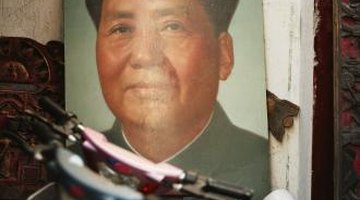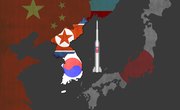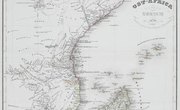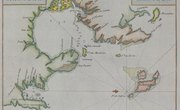Communism arrived in China after several decades of civil war and invasions from foreign powers. After the formation of the Chinese Communist Party, it took 28 years for the communists to gain power. The CCP had to fight the Nationalist Party government in China as well as the Japanese during World War II.
Republican Revolution
The Chinese Revolution of 1911 brought the Nationalist Party (KMT) to power, ending 3,000 years of dynastic rule in China. The newly formed Republic of China, headed by Sun Yat-sen, started a short-lived era of republican government. The KMT would begin experiencing strong opposition from the communists because of its weakness and corruption.
Communist Party Formation
The Chinese Communist Party was founded in 1921 by Mao Zedong, a member of the Nationalist Army who was heavily influenced by the writing of Karl Marx. The party started as a study group working in Shanghai under the Nationalist Party's First United Front. The Chinese communists worked with the Nationalist Army to diminish the power of smaller warlords in the Northern Expedition of 1926-1927. The nationalists purged the communists from the army in 1927 during the White Terror.
Japanese Invasion
The Japanese military invaded China in 1931, greatly weakening the leadership of the KMT in China. The KMT had to fight the Japanese, the communists and also various warlords during the 1930s. The CCP gained support from the peasants during this time by devoting itself to the fight against Japanese invaders.
Civil War
The nationalists and communists engaged in civil war throughout the 1930s, fighting for control of China. After Japan's surrender in World War II, the KMT and CCP met for a series of talks relating to the formation of a post-war government in China. The parties degenerated back into civil war, however, with the two factions fighting from 1947 to 1949. According to the U.S. Department of State's Office of the Historian, the communists were able to win the civil war due to their strong grassroots support and superior military organization and morale. The CCP had also accumulated weapons from Manchuria after the Japanese surrender.
Communist Revolution
The Chinese Revolution of 1949 created the People's Republic of China (PRC), a new government headed by the CCP and its chairman Mao Zedong. This revolution is the event that officially brought communism to China. The United States suspended official diplomatic ties with China after the CCP came to power.
Related Articles
References
Writer Bio
Brian Gabriel has been a writer and blogger since 2009, contributing to various online publications. He earned his Bachelor of Arts in history from Whitworth University.











